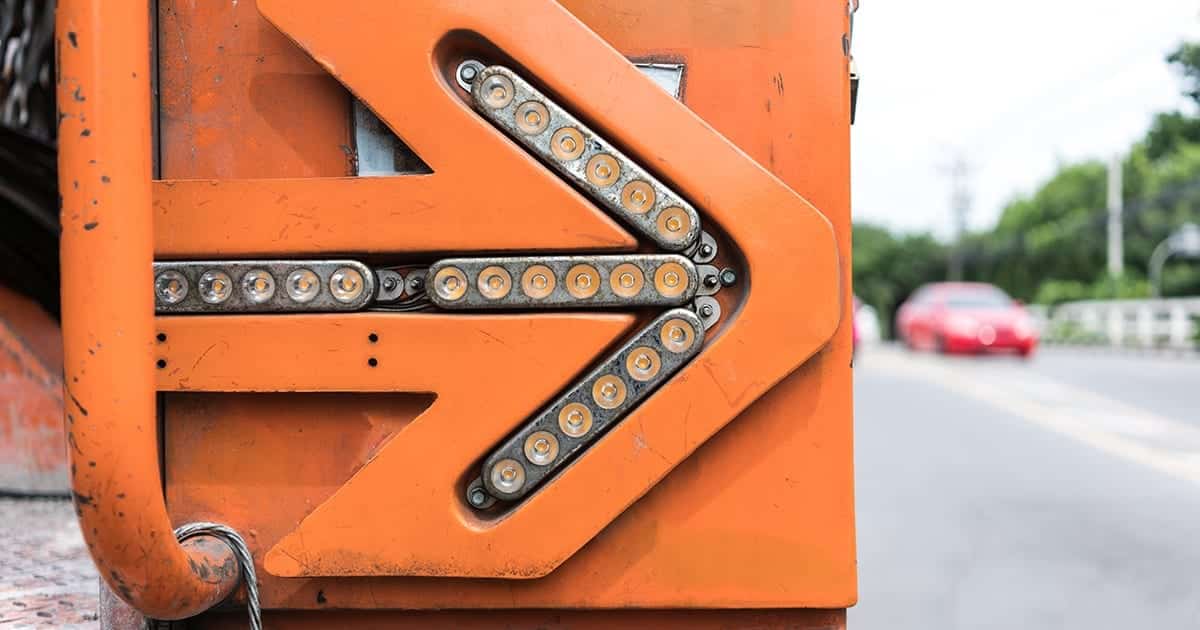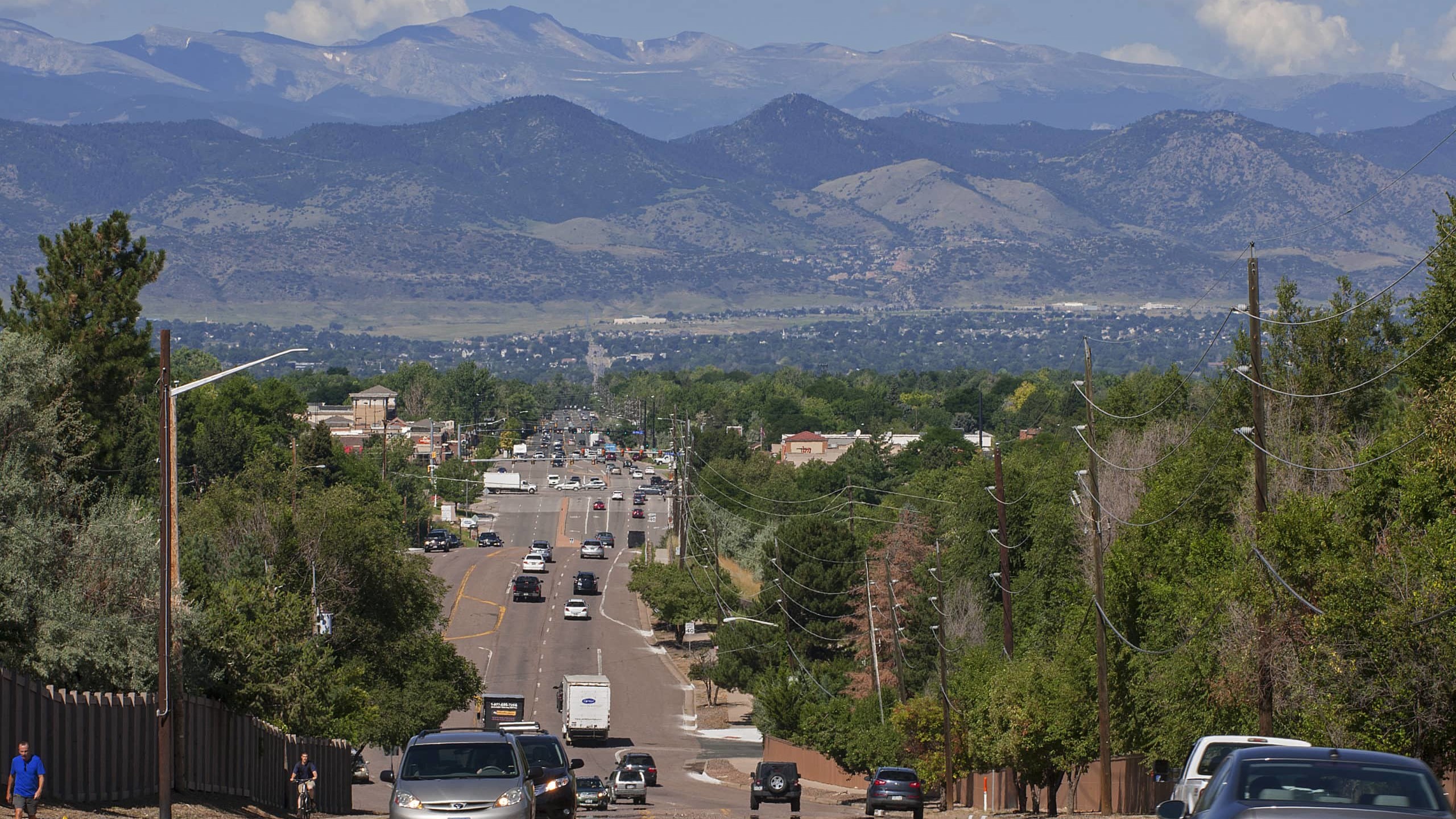Have you ever found yourself behind a city truck with what looks like a giant cup holder on the back? That’s a crash truck, and it does what it sounds like. That pad on the back is a crunch zone designed to take an impact. A big impact. These trucks act as a shield for road crews, providing a crucial barrier between them and the cars flying down the highway.
In just fourteen years, 171 Colorado road-crew members were struck and killed by passing motorists. It’s an outrageously high number, hence why crash trucks perform such a vital job. The only problem is, until now, a human being had to behind the wheel. That’s a job no one wants, and a no foreman wants to fill.
Colorado, ever the early adopter, has teamed up with Kratos Defense to create the nation’s first, fully autonomous crash truck. This is not a concept. It’s not “on the horizon.” It’s happening now, and it means fewer lives put at risk.
It works like this:
Existing self-driving crash trucks are outfitted with tech: a computer system, actuators, cables, sonar. The crew’s lead, human-driven vehicle sends signals to the autonomous truck, which it uses to follow the crew and avoid obstacles. It’s elegant in its simplicity. And while it’s costlier than a human-driven crash truck, if these first trials go well, it could become the state standard. And don’t worry about current crash truck drivers, they’ll be given new, safer, assignments.
It’s solutions like these that excite civil leaders and tech visionaries alike. An autonomous crash truck isn’t sexy. It’s not going to get its own hashtag or trend online, but it will unequivocally change the world for the better. With it, the men and women who work to make CO roads safe and usable, will themselves be protected from harm.



